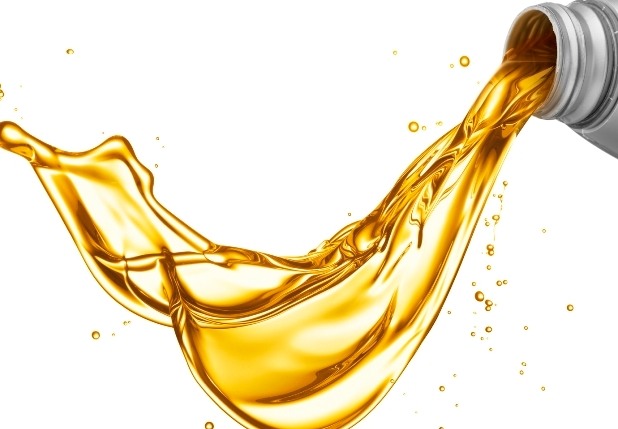The main task solved by engine oil is to create a thin protective film in the contact zone of the rubbing parts. Its layer should not only prevent dry friction, but also ensure the maximum possible tightness of the working cylinders. It also cleans the engine, protects it against corrosion and dissipates excessive heat. The main indicator that best describes the properties of an engine oil is its viscosity.
The concept of engine oil viscosity
The viscosity of an oil is its capacity to keep its flow, covering the entire contact surface of the moving parts to guarantee the continuity of the lubrication process. It is immediately clear that each of these viscosity grades is only meaningful at a certain operating temperature. Three figures define viscosity:
Kinematic viscosity – characterises the time taken for a given volume of oil to flow out through a calibrated orifice under the action of the earth’s gravity alone;
Dynamic viscosity is the ratio of the force displacing a layer of oil per unit length to its area;
The oil viscosity index is a complex index characterising the dependence of viscosity change on operating temperature. The higher the value of this index, the wider the temperature range of required fluidity is.
Selection of oil
The oil is adjusted to the specific engine, not the make of car. The only valid choice is to use the oil specified by the manufacturer. Only that oil or its equivalent will keep the engine running for a long time with high efficiency and minimal wear. This is the rare case where the use of a higher quality product can only be detrimental. If documentation is not available, you should go for automotive oils that have been approved by the car manufacturer for a specific engine model.
Taking into account the complex relationship of the viscosity of oils to temperature, the American community of automobile engineers proposed the SAE J300 specification. It is now recognised worldwide and makes it relatively easy to find the right oil for a certain temperature range. It includes 6 winter and 5 summer classes. The SAE specification describes temperature-viscosity relationships, but does not reflect the quality characteristics of oils or their suitability for use in different vehicles.
All oils are divided into three groups:
- Winter (low viscosity) – indicated by a number and the letter W. These are selected according to winter temperatures to ensure a cold start;
- Summer (high-viscosity) – denoted by a number only. They cannot be used at sub-zero temperatures, but are good at high ones;
- All-season – almost universally replacing winter and summer types. Stable in a wide temperature range. They have a double designation: winter performance is indicated first, followed by summer performance with a dash
A strict compliance of oil viscosity with the values specified by the manufacturer ensures that the necessary clearances are maintained and the engine is sufficiently lubricated.






Comments are closed.